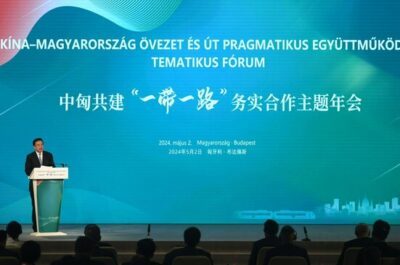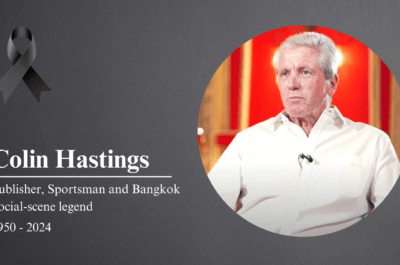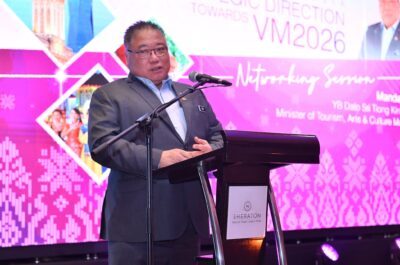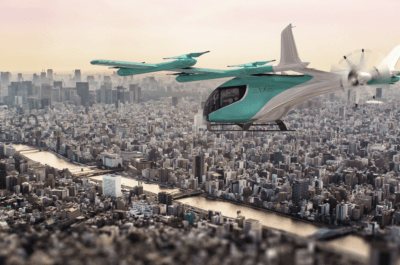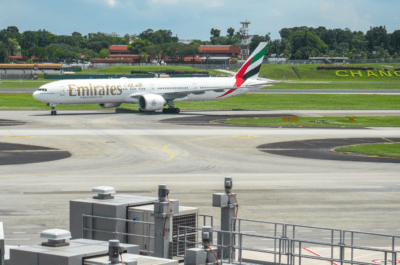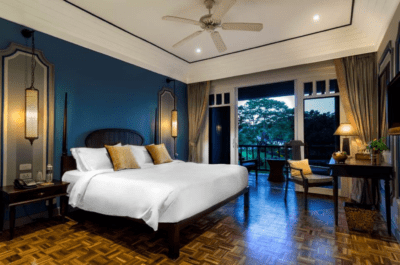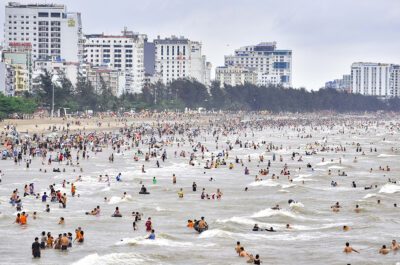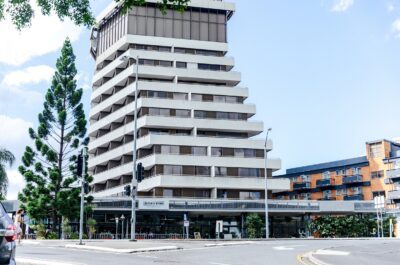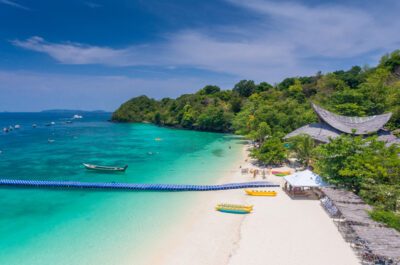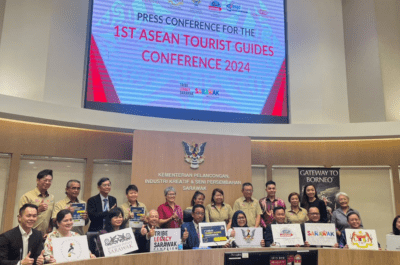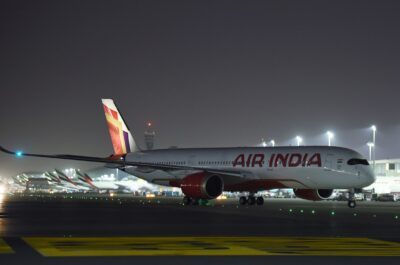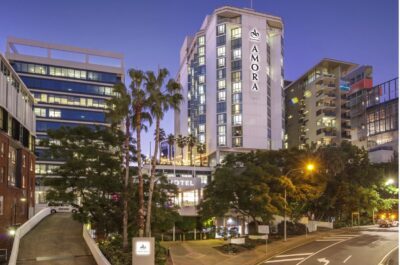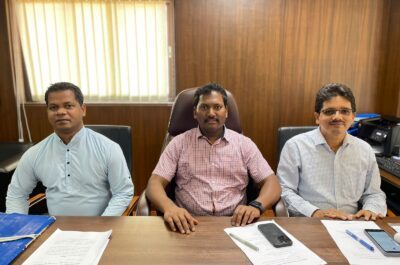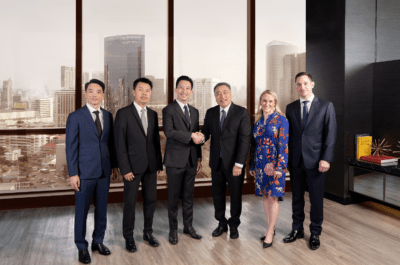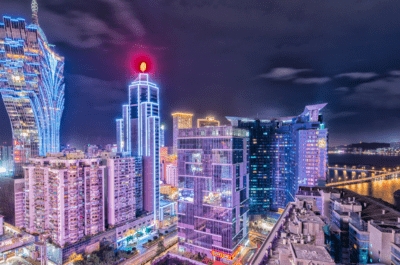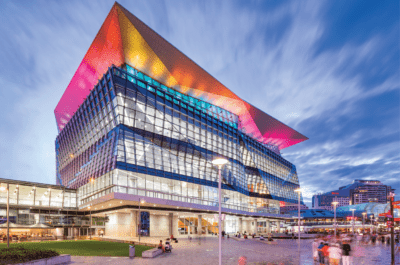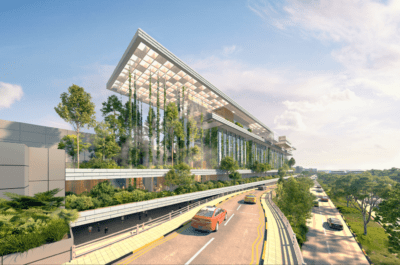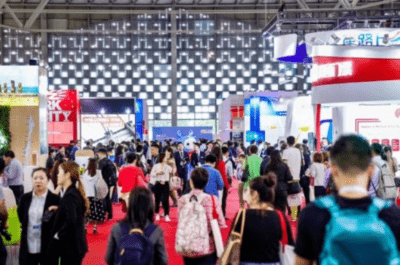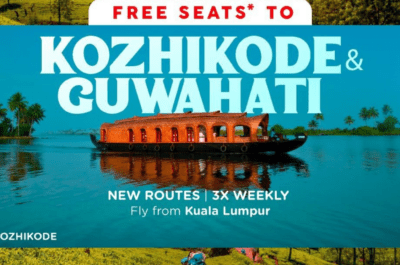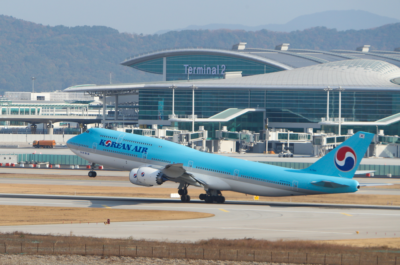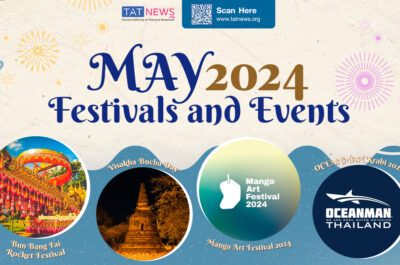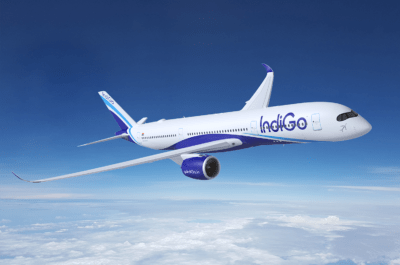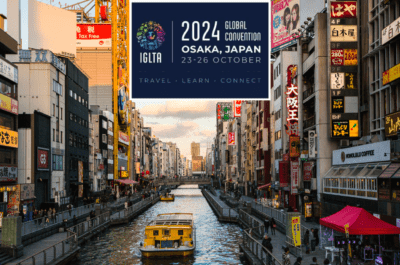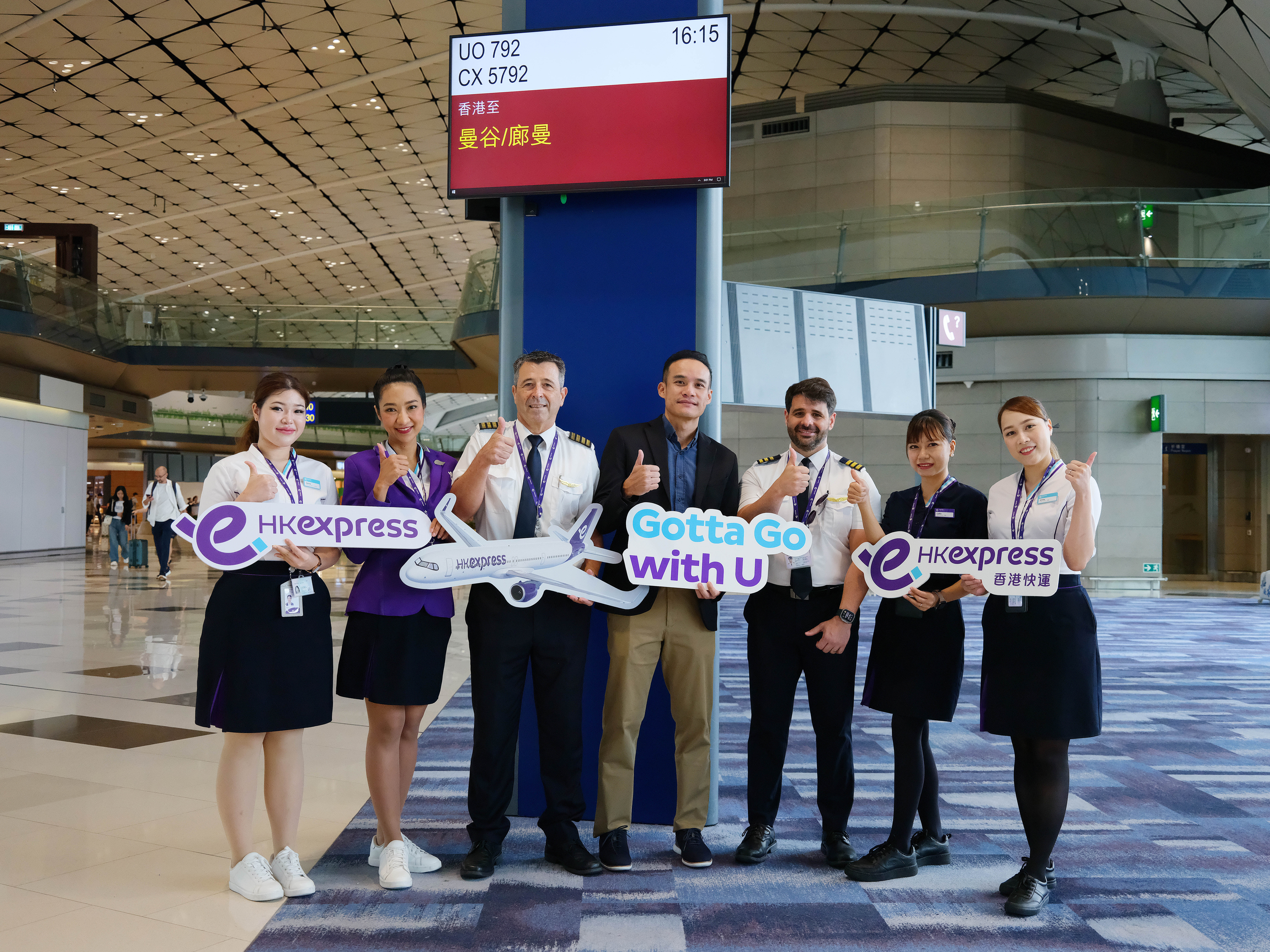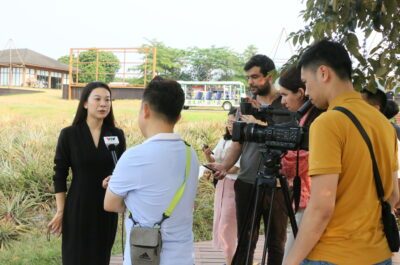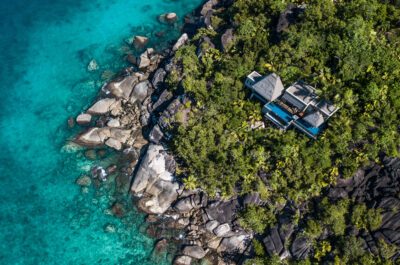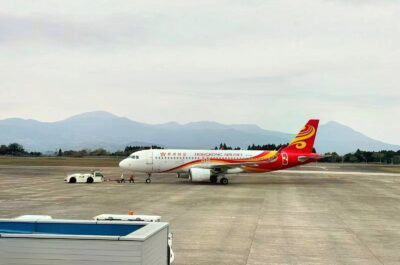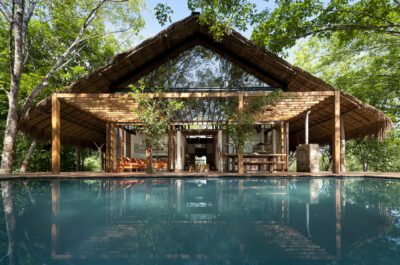Many local carriers are regaining momentum, as they experience surging demand. Recent fleet re-alignments and route adjustments are being converted into financial improvement. This is leading to renewed optimism about fleet and network growth, both for major carrier Thai Airways and smaller players such as Thai AirAsia and Nok.
BANGKOK – Back in January there were talks of the possibility of Thailand’s national carrier Thai Airways International (THAI) going bankrupt, however more recently there is renewed optimism and it looks as though the national carrier may have turned the corner.
I recently travelled BKK-LON-BKK on THAI’s new A380. I travelled business class at my own expense, it was a family trip and I spent the summer at home in the UK. From a comfort and service point of view it was very evident that THAI is back and they well deserves their recent Skytrax Award 2016 as the World’s Most Improved Airline.
The aircraft, service and facilities were world class. I was proud again of Thailand’s national airline. It is so important to have a modern fleet, no-one knows that better than other ASIAN airlines and the Middle Eastern carriers who have been chipping away at THAI’s market share for years.
The long loss-making airline, under a restructuring programme and helped by lower fuel prices and an increase in tourism, this year aims at achieving an operating profit of 12 billion baht ($332 million) and a net profit of two billion baht ($55 million). The airline’s revenue is projected to surge to 194 billion baht ($5.34 billion), up seven per cent from 2015.
Thai Airways President Mr Charamporn Jotikasthira
This would be a big leap for Thai Airways chief Charamporn Jotikasthira, former head of the Stock Exchange of Thailand, who was tasked to initiate and oversee the carrier’s turnaround by the Thai government in 2014. He started changing the airline’s management structure, reduced its workforce – particularly its overstaffed administration – and expenses, cut non-performing routes and partially sold assets including unnecessary aircraft. He also improved the airline’s sales strategy.
In detail, Thai Airways trimmed its fleet to 95 aircraft from 102 and cut 1,277 jobs or five per cent of its staff under an early retirement programme. The company also sold its headquarters building in Bangkok and cut down on generous, costly perks such as lifetime free first-class travel for directors and their families, including more than 100 former executives and board members.
In 2014, Thai Airways posted net losses of 15.6 billion baht ($427 million), the worst financial performance of any ASEAN state carrier in that year. This was followed by losses of 14 billion baht ($383 million) in 2015 and there was pressure for Jotikasthira to step down. However, in the fourth quarter of last year THAI made its first net profit (about 4 billion baht, $110 million) in four years, indicating that the restructuring has become effective.
In the first quarter of 2016, revenue of the carrier was 48.8 billion baht ($1.35 billion), missing its target by just one per cent, whereas spending was cut by 13 per cent or about 1 billion baht ($28 million), it was announced on April 20.
To bring it on par with its main rival carriers, THAI is also seeking to raise its seat-occupancy rate to 80 per cent from 75 per cent in 2015 and 69 per cent in 2014. In addition, it plans to raise the ratio of air tickets sold online from 16 per cent to an industry average of between 30 and 40 per cent
Some of these initiatives are not new. Back in 2009, the then THAI president Piyasvasti Amranand, who was appointed in June of that year, initiated closer co-operation with Star Alliance carriers and THAI’s low-cost carrier Nok Air. He also transferred more of its Boeing 737-400s aircraft and domestic routes to Nok.
In order to reduce the carrier’s 160 billion baht ($4.4 billion) debt, Piyasvasti leased more aircraft – rather than relying on aircraft purchases – and introduced a new fleet plan to be implemented in 2010. And also in 2010, he secured 23 billion baht ($637m) of funding from four banks: the Government Savings Bank, Bangkok Bank, Kasikorn Bank and Siam Commercial Bank.
This year the current Thai Military Government, has set tough restructuring targets not just for THAI, but a number of other state enterprises.
And it appears to be working. Jotikasthira reported in the first quarter of 2016, THAI’s seat occupancy was already at 77.9 per cent. Also 21.2 million passengers used the airline in 2015, up 11 per cent from 2014.
Bringing home the new A350
Fuel surcharges however continue to rankle customers, even though oil prices have fallen sharply. In 2015, average jet-fuel prices were down by $66 per barrel from the 2014 level. However, few premium airlines were able to cut airfares, due to high fuel-hedging ratios.
According to Thailand’s NATION newspaper, between April and September 2015, Singapore Airlines hedged 57 per cent of its fuel requirements, at a weighted average of $106 per barrel. When jet-fuel prices during the period dropped by 41.1 per cent from a year earlier. It should have locked in over 1 billion Singapore dollars (25.5 billion baht) in cost savings. In reality, hedging eroded those savings by nearly half.
The situation could be better this year. According to the International Air Transport Association (IATA), a grouping of over 200 airlines, the average price of jet fuel is expected to fall further to $41.20 per barrel in 2016, offering a chance for airlines to save $104.6 billion in fuel expenditure.
There is no information on the hedging ratio at THAI, but it is believed to be high. Hedging became a norm when oil prices hit new highs after the global financial crisis. But most airlines are under pressure to cut airfares and other costs anyway to stay competitive.
Greater reliance on leasing for new aircraft acquisitions
Mr. Charamporn Jotikasthira, THAI President, also recently announced that the Company has ordered 12 Airbus A350 XWB aircraft (Extra Wide Body), which will greatly modernise the fleet and maintain the airline’s quality standards and provide passengers with more convenience.
The first two aircraft, each with a price list of US$355.7m, after an initial period flying on regional services between Bangkok and Chiang Mai, the aircraft will be deployed on long-haul flights, starting in September 2016.
New aircraft take their place in the THAI fleet
Currently, THAI has 23 Airbus aircraft in its fleet. The new Airbus A350 is among 14 planes purchased by THAI amid plans to offer new routes to Russia, China and several countries in Europe. Of the 14 aircraft, twelve are Airbus A350 XWB and two are Boeing 787.
Melbourne will be the first city to welcome Thai Airways International’s brand new Airbus A350 XWB aircraft and Sydney next year.
Thai Airways will operate a daily Melbourne-Bangkok service aboard the Airbus A350 XWB, replacing one of the Boeing 777-200s the airline currently flies on the route. This is the precursor to a twice-daily A350 XWB Melbourne-Bangkok service when the airline takes delivery of its second A350 later in September. All 12 brand new A350 will be in service within 2 years.
The A350 XWB is branded the world’s most advanced twin-aisle aircraft, Airbus’ response to the Boeing 787 Dreamliner. Along with the A380 they are a vital piece of the jig-saw in the future to bring back THAI to the pinnacle it once enjoyed for so many years.
THAI’s strategies to bring passengers back include an upgraded first and business class service, new routes such as a direct Frankfurt-Phuket service, a resumption of the service to Moscow and the revival of flights to Tehran.
THAI doesn’t under estimate the importance of it’s new fleet
Another issue that THAI must address is air safety. In March last year, Thai airlines were placed under “special measures” by the International Civil Aviation Organization (ICAO) prompting Japan and South Korea to block new flights from Thai-registered airlines.
This forced airlines, including budget carriers Thai AirAsia X, NokScoot and Asia Atlantic Airline, to cancel extra flights that they had been planning. THAI was also affected.
The audit revealed some safety concerns, primarily relating to air operator certification procedures. Thailand provided the ICAO with the details of its corrective actions and mitigation measures and the ICAO is working with Thai authorities.
A spokesman for the European Aviation Safety Agency said, “We inspected in October last year THAI and those airlines in Thailand which applied for a Third Country Operators (TCO) authorisation – authorisation that any non-European Union airline willing to fly in and out of the EU must get and they were OK.”
 Andrew J Wood
Andrew J Wood
A professional hotelier, Skalleague, travel writer and director of WDA Co. Ltd (Tours/Travel/MICE), Andrew has over 35 years of hospitality and travel experience. He is a graduate of Napier University, Edinburgh (Hospitality Studies). A UK national, Andrew was born in Yorkshire and prior to moving to Thailand Andrew gained valuable post graduate experience with Thistle Hotels (UK); Hilton Intl (Paris) and Sheraton Hotels & Resorts (London). He started his hotel career in Thailand with Shangri-La Hotels, Royal Garden Hotels and Resorts and the Landmark Group of Hotels (Thailand and UK) and later became General Manager of some of the country’s leading hotels including the Royal Cliff Beach Resort, Pattaya. Andrew is a former board member and Director of Skal International (SI), National President SI THAILAND and President of SI BANGKOK. He is a regular guest lecturer at various Universities in Thailand including Assumption University’s Hospitality School. Due to his extensive hospitality and travel experience, Andrew as a writer is widely followed.
Photo caption: THAI’s new fleet at the ready

Andrew J Wood was born in Yorkshire England, he is a former hotelier, Skalleague and travel writer. Andrew has 48 years of hospitality and travel experience. Educated at Batley Grammar School and a hotel graduate of Napier University, Edinburgh. Andrew started his career in London, working with various hotels. His first posting overseas was with Hilton International, in Paris, and he later arrived in Asia in 1991 on Bangkok with his appointment as Director of Marketing at the Shangri-La Hotel and has remained in Thailand ever since. Andrew has also worked with the Royal Garden Resort Group now Anantara (Vice President) and the Landmark Group of Hotels (Vice President of Sales and Marketing). Latterly he has been the General Manager at the Royal Cliff Group of Hotels in Pattaya and the Chaophya Park Hotel Bangkok & Resorts.
A past board member and Director of Skål International (SI), a former National President with SI Thailand and a two time past President of the Bangkok Club. Andrew is the former President of Skål Asia. In 2019, Andrew was awarded SKÅL’s highest award the distinction of Membre D’Honneur.
He is a regular guest lecturer at various Universities in Asia.





 Andrew J Wood
Andrew J Wood